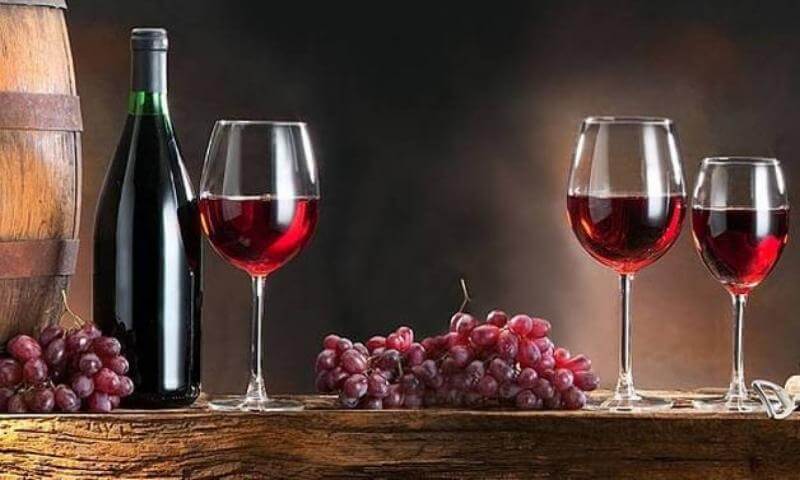The DeliFair Team
17 January 2022
The wine sector should closely monitor the development of digital technology.
According to Pau Roca, Director-General of the International Organization of Vine and Wine (OIV), the wine sector should closely monitor the development of digital technology, believing in the potential of the blockchain for the wine industry.
“Today, we have digital tools and data science that drive the innovative development of our society in our lives and our economy. It is important to keep in mind that these new technologies offer us incredible opportunities in analytical tools and forecasting. “This will speed up all the processes,” Roca said.
According to KEOSOE, nine promising digital trends are identified:
- The information technology currently used in cryptocurrencies (especially bitcoin) could make it possible to track the wines shared by all industry links, from the vineyard to the markets.
- Artificial Intelligence (development of algorithms that allow machines to perform tasks that require human intelligence to manage crops, control wine production, reduce subjectivity)
- Internet of things (network of physical objects, incorporating sensors and high technologies, in order to connect and exchange data via the internet)
- Geographic information system (use of satellite imagery to power artificial intelligence and the internet of things)
- Robotics (one of the main obstacles to its adoption in the vineyard, is the high cost and energy inefficiency, which will improve in the coming years, to make the technology more sustainable)
- LIDAR (laser distance measurement, allowing remote sensing for precise 3D vineyard maps for precision viticulture when robots are involved)
- Electronic label (utilizing the benefits of dematerialisation to meet consumer transparency requirements)
- Electronic certificate (facilitating international trade procedures)
- Smart storage (when robotics improves inventory management and logistics operations)


